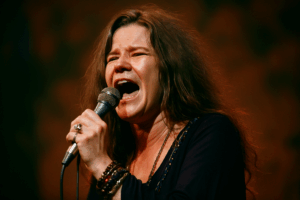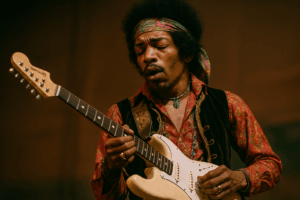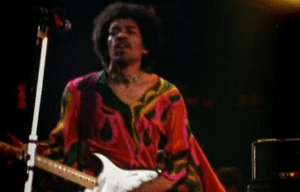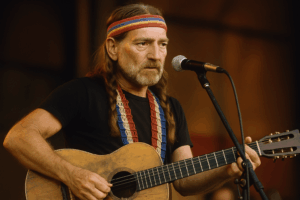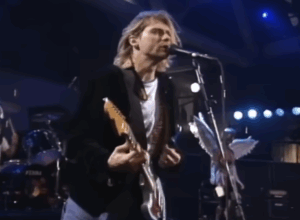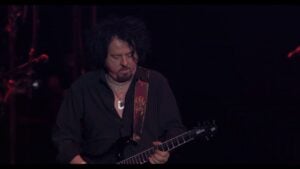3 Neil Young Covers That Became Better Than The Original

via @neilyoungfc8 / Instagram
Some artists treat cover songs like museum exhibits—faithful, careful, and respectful. Neil Young doesn’t. When he covers a song, he reclaims it, reshapes it, and filters it through his distinct perspective. That’s part of what makes his interpretations so memorable: they’re not just retellings, they’re reinventions.
Young’s approach to covers isn’t rooted in technical precision or studio polish. It’s grounded in emotion, grit, and intention. He brings a rawness to borrowed material that often transforms the original’s meaning, or at least reframes it in a more urgent, personal light. His covers feel less like homage and more like possession.
The three covers highlighted in this article are prime examples of that creative alchemy. They don’t just match the originals—they transcend them. Whether by amplifying the emotional weight or stripping things down to their barest essence, Neil Young makes these songs his own, and in doing so, elevates them into something arguably better than what came before.
“On the Road Again”, originally by Willie Nelson
Willie Nelson’s version of “On the Road Again” has long been a sunny anthem for travelers and touring musicians alike. With its upbeat tempo and carefree lyrics, it captures the joy of movement and the camaraderie of life on tour. But Neil Young’s take doesn’t follow that road; instead, it veers off into something darker, more reflective, and perhaps more honest.
Young’s rendition slows things down and adds a weariness that contrasts sharply with Nelson’s enthusiasm. There’s a tension in his delivery—an unspoken fatigue that colors the familiar refrain of wanting to get back on the road. The contrast is subtle but unmistakable, like someone smiling through exhaustion. It doesn’t feel like a celebration of the journey so much as an acknowledgment of the toll it takes.
That’s what makes Young’s version resonate. By infusing it with melancholy and introspection, he brings out a layer of the song that isn’t obvious in the original. He doesn’t just cover the track—he excavates it. In doing so, he transforms a cheerful country tune into a deeper meditation on the emotional cost of constant movement.
“Imagine”, originally by John Lennon
When Neil Young performed John Lennon’s “Imagine” in the aftermath of 9/11, the context gave the song new weight. Lennon’s original was already iconic, a utopian vision wrapped in a gentle melody. But in Young’s hands, it became something else: a plea for unity at a time when the world was aching for answers. His voice, fragile yet steady, carried the grief and hope of a shaken nation.
Young didn’t reinvent the song musically—he kept it simple, letting the lyrics do the work. But his emotional delivery gave it a rawness that felt immediate. You could hear the sorrow in his voice, the hesitation in his breath. It was as though he wasn’t just performing “Imagine”; he was trying to believe it in real time, alongside everyone else who needed to hear it.
While Lennon’s version will always remain definitive, Young’s cover feels essential for what it meant in that moment. It wasn’t about outdoing the original. It was about meeting people where they were and offering something that felt genuine and grounding. That sincerity made the song resonate all over again, and perhaps even more deeply.
“All Along the Watchtower”, originally by Bob Dylan
Most people associate “All Along the Watchtower” with Jimi Hendrix’s searing guitar riffs, and rightly so. His electrifying version overshadowed Bob Dylan’s own original. But Neil Young found his own path through this stormy terrain, offering a version that bristles with urgency and restless energy. It might not carry the same thunderous weight, but it still lands with power.
Young’s interpretation leans more into grit than polish. The instrumentation feels loose, almost chaotic, giving the track a raw, on-the-edge quality. His vocal delivery is impassioned, surging with the same unease and momentum that drive Dylan’s lyrics. It’s less about virtuosity and more about atmosphere—an emotional storm rather than a technical display.
While it may not be the most famous take on the song, Young’s version doesn’t need to be. What it offers is a grounded, live-wire intensity that reminds us how versatile and elastic great songwriting can be. In his hands, “All Along the Watchtower” becomes less of a grand statement and more of a visceral jolt—and that’s what makes it stick.








